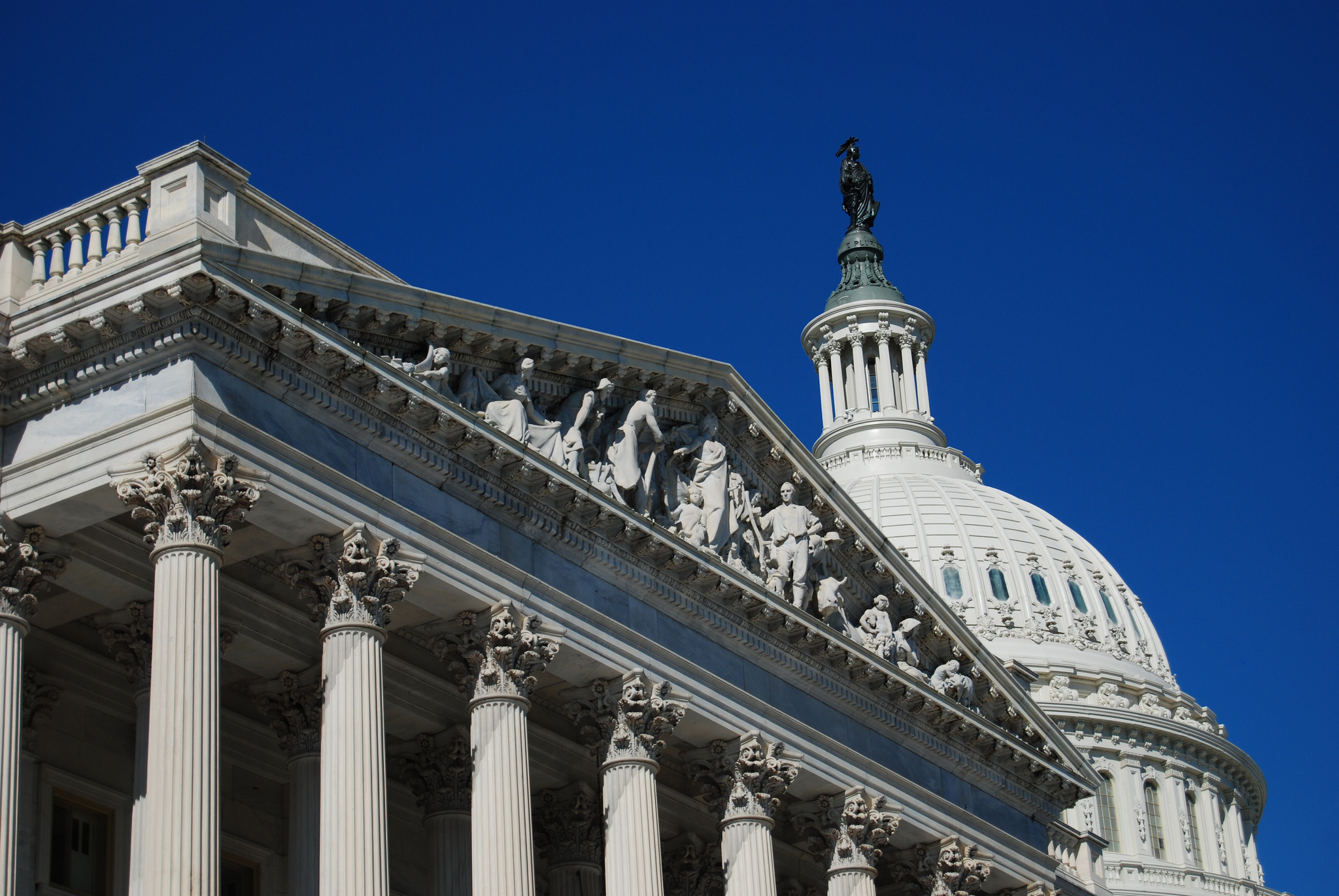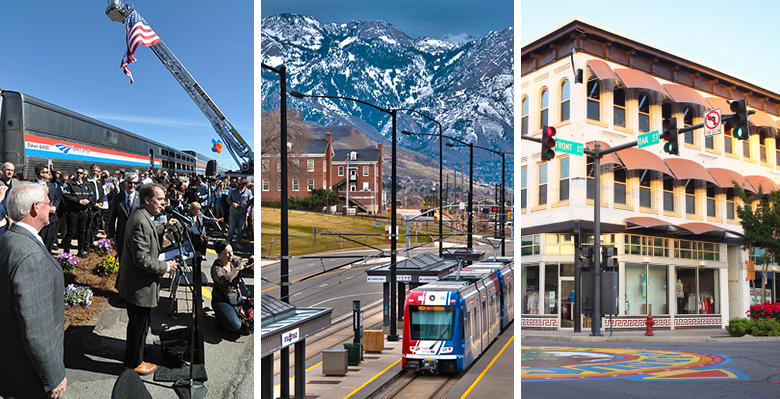Yesterday President Trump released his blueprint for the next federal budget. The proposal would cut billions of dollars from domestic programs —including key programs that support economic growth in American communities.
Among its provisions Trump’s proposal would completely eliminate HUD’s Community Development Block Grants, USDOT’s TIGER program, and the National Endowment for the Arts. It would also make major cuts to the EPA and the Brownfields program; HUD’s HOME Investment Partnerships Program, Choice Neighborhoods and the Self-help Homeownership Opportunity Program; as well as development programs at USDA.
This is a broadside against the things that make communities work. Trump’s budget jeopardizes people’s homes, their abilities to get to work, and local economies across the country. Without these federal programs communities will see rising demands on their services and fewer opportunities to grow their economies—and we are here to fight it.



